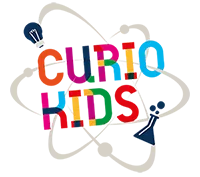
Marine currents are natural phenomena essential to the survival of marine ecosystems. Why are they essential? Because these currents make it possible both to adjust the temperature of the oceans and seas, to define the climates on the continents, and to distribute nutrients, i.e. nutrients, to the fauna and flora.
But what exactly do they look like? With this experiment, you will be able to visualize them yourself.
You will need:
- A large transparent glass container (aquarium, vase, oven dish)
- Red and blue food dyes
- From a small glass bottle
- Some water

From 6 years

Difficulty : easy

This experience requires the help of an adult

Let's experiment

First of all, make some blue ice cubes. To do this, dilute blue food colouring in water and freeze it in an ice cube tray in the fridge.

Once the ice cubes are frozen, fill your container completely with water at room temperature.

In the small glass bottle, add water and red food colouring. Then, ask an adult to heat your preparation for a few seconds in the microwave.

Fill your container completely with tap water.

Now you can have fun recreating a stream of hot water and a stream of cold water. Be ready, because you’ll have to be fast.
Dip the bottle containing the red liquid into the bottom of the container, making sure to plug the hole with your finger. Quickly add a large blue ice cube to the surface of the water.
What do you observe ?
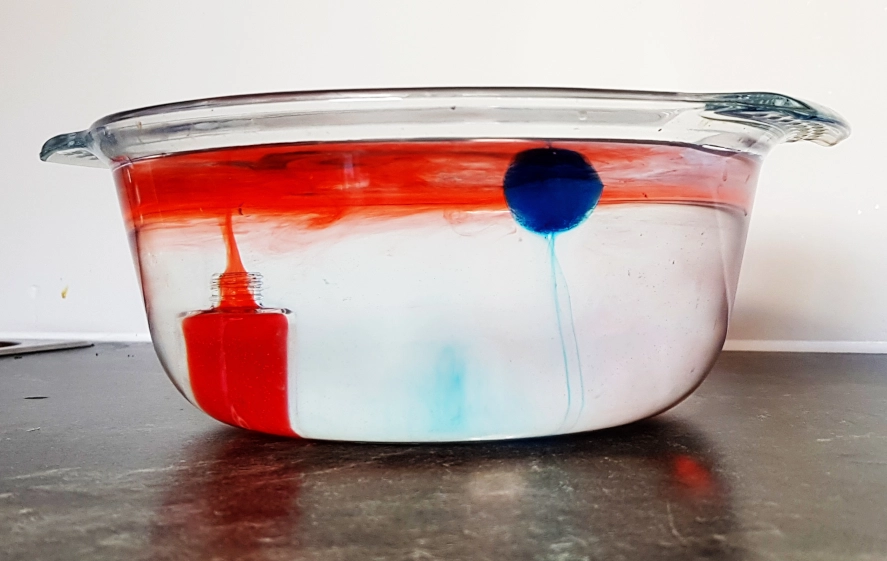
Understand the experiment
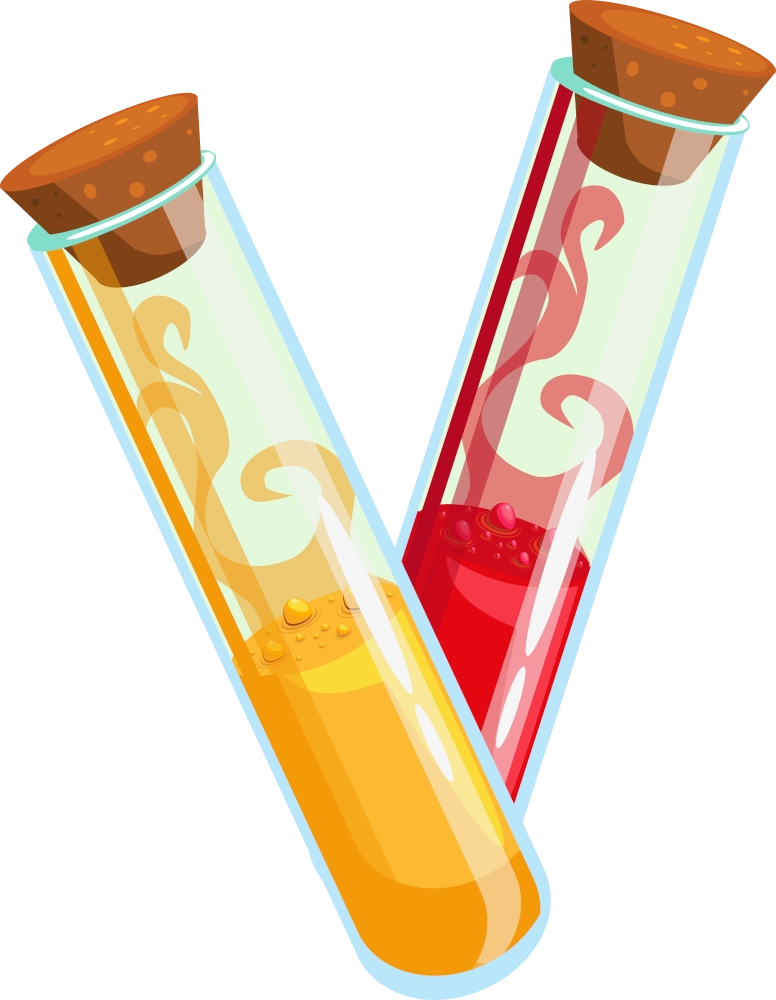
Two streams in one container.
You noticed that the red liquid, representing hot water, immediately rises to the surface. While a blue cloud from the ice cube immediately sinks into the water to stay at the bottom of the container.
You observe, in reality, two currents. One stream of warm water that rises and moves to the surface. And a stream of cold water, which stays at the bottom of the container.
Why don't the colours mix immediately?
Hot water is actually less dense. This means there is more space between the water molecules. As a result, hot water is lighter. That’s why it rises to the surface.
Coldwater, on the other hand, is much denser. The water molecules are closer together. This implies that it is heavier. Therefore, it “sinks” to the bottom of the container.
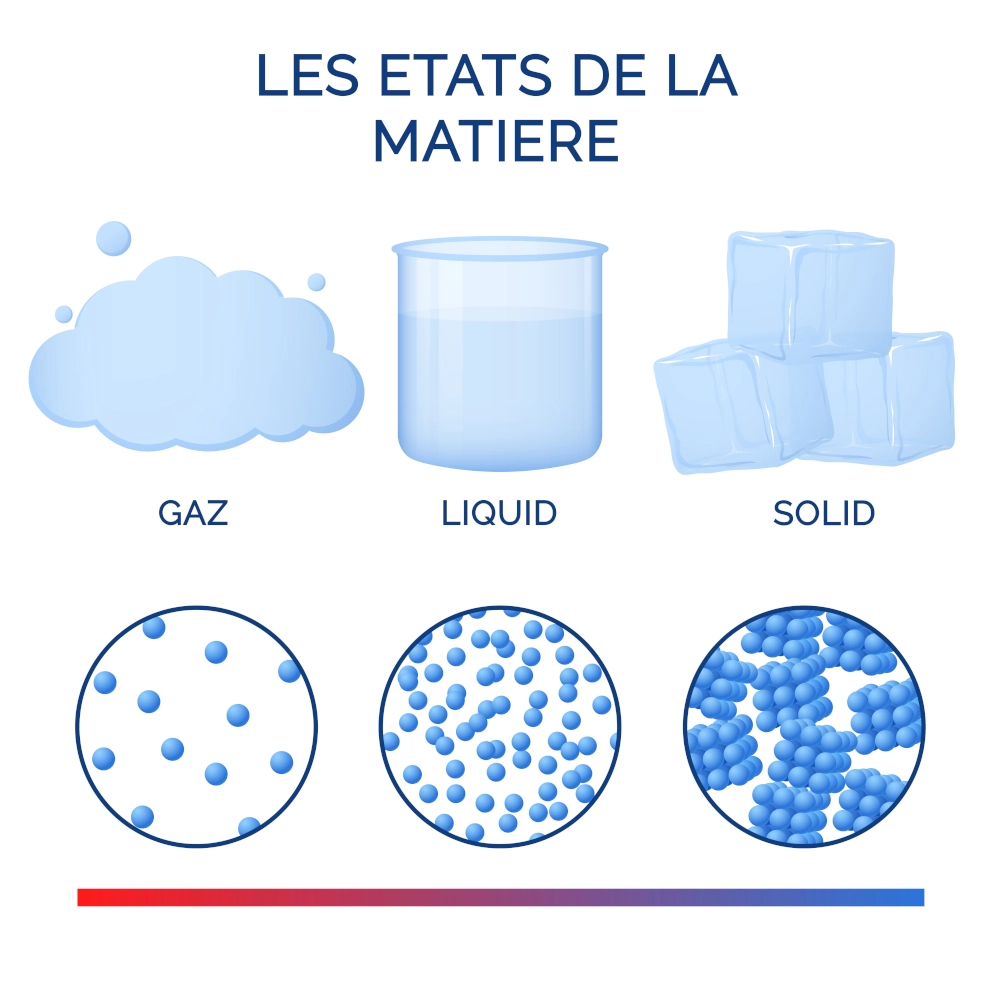
It moves in the water. Why is the water moving?
You just formed two rivers of different temperatures. The “warm” river that stays on the surface. And the “cold” river, which stays at the bottom. In other words, two “marine” currents.
But that’s not all. Thanks to the colours, you can see that there is movement in your container. As if a loop is slowly forming.
When water moves from one place to another, it leaves space behind. This place will be filled with water from another place in the container. If you look at what happens when you stand above it, you will see the movement of the water. This circulation of water is called convection. It’s the same thing that happens in the seas and oceans.
How are sea currents created?
These currents, therefore, appear when temperatures are not equal everywhere. The surface of the oceans receives solar energy, but unevenly depending on where you are on the earth. In the North, in Antarctica, it’s very cold. The temperatures received are not the same as those received in tropical areas where it is much warmer.
Cold water from the Black Pole flows from the bottom to the warmer areas. It gradually warms up and rises to the surface. This movement induces the warm water at the surface from the warmer places to move northward and cool down. This creates huge currents.
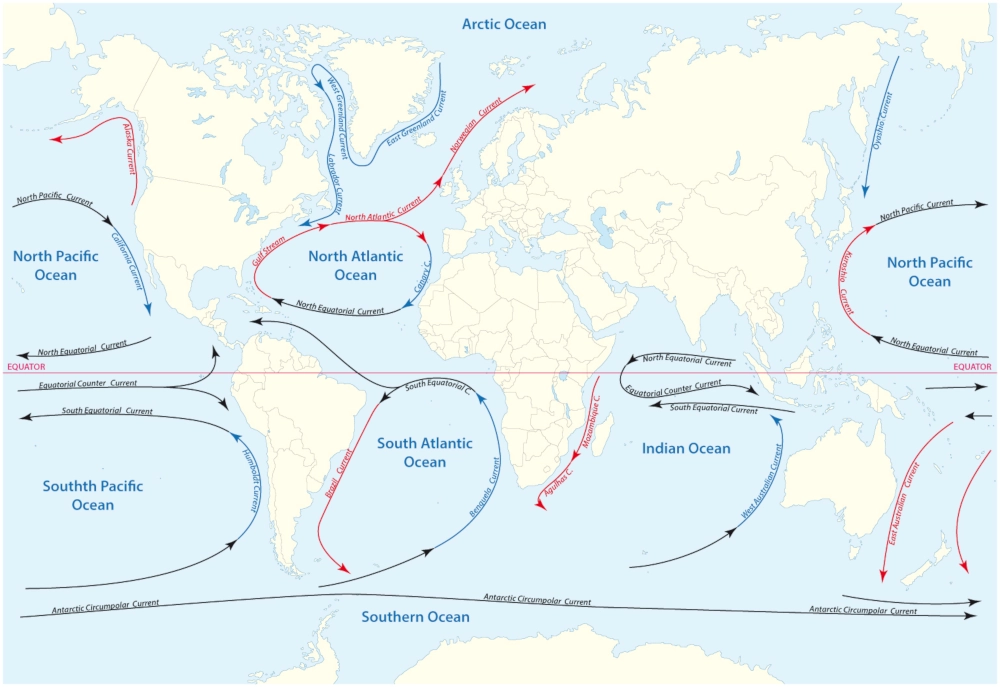
Did you know?
Some currents can take more than a thousand years to complete their circuit.

Grow peppers from pepper waste
You’ll never buy pepper seeds for your vegetable garden again with this tip. With this simple experience, you will understand what a seed needs to germinate. Does it need light or dark? Is it possible to germinate them faster? […]

Create a colorful rain in a glass
A colorful rain in a glass of water, can you believe it? Here is a […]
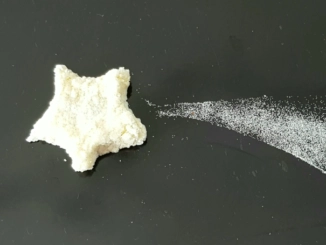
Transform milk into plastic
Did you know that plastic can also be produced from natural resources? The best example is milk! Milk proteins, huge molecules like those in plastics, can, under certain conditions, agglomerate to form a solid. […]
